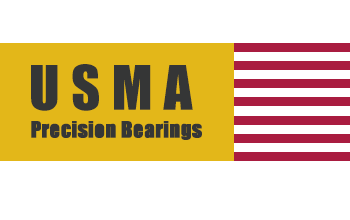NEWS
DEVELOP BY TECHNOLOGY,SURVIVE BY QUALITY
Detailed guide for bearing use and maintenance:
Views: 0 Author: Site Editor Publish Time: 2025-04-17 Origin: Site











Detailed guide for bearing use and maintenance:
Correct use of bearings
1. Preparation before installation
Clean environment: Ensure that the installation environment is dust-free and pollution-free, and prevent impurities from entering the bearings.
Check the bearings: Confirm that the bearing model is correct, without rust, cracks, or transportation damage.
Lubrication preparation: Select the appropriate lubricant (grease or lubricating oil) according to the working conditions and ensure cleanliness.
2. Installation method
Mechanical method (press): suitable for small and medium-sized bearings, pressure should be applied to the inner ring to avoid direct impact on the outer ring or rolling elements.
Hot installation method (heating installation): Large bearings can be installed by heating (80-120 ℃) to expand the inner ring, and direct heating with open flames is prohibited.
Cold fitting method (low-temperature shrinkage): In extreme cases, the shaft can be cooled (such as liquid nitrogen), but caution should be taken to avoid material embrittlement.
It is strictly prohibited to directly strike the bearings! Incorrect installation can lead to microcracks, deformation, and shortened lifespan.
3. Alignment and cooperation
Tolerance between shaft and bearing seat: Select the fit according to the standard (such as H7/k6) to avoid being too tight (causing inner ring cracking) or too loose (causing slippage).
Centering adjustment: use a dial indicator to check the coaxiality between the shaft and the bearing seat (≤ 0.05mm) to avoid eccentric load.

